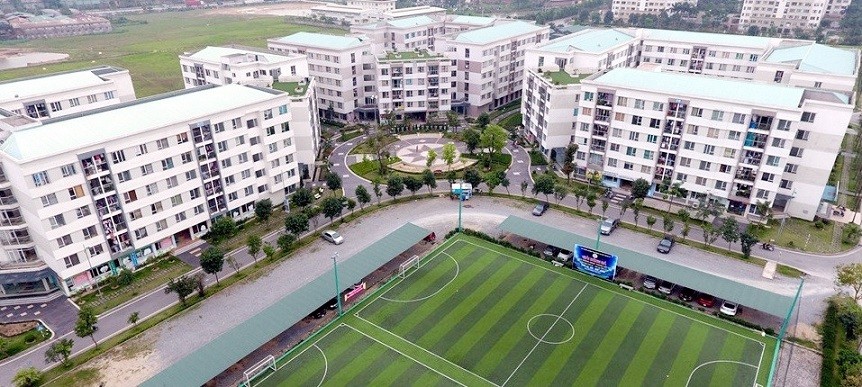 |
| With positive changes in the general socio-economic situation and solutions, the real estate market may enter a new development phase. (Source: BXD) |
Real estate 'warms up'
The “low note” of the market occurred from the second half of 2022, when it witnessed a freeze, almost zero transactions, and weak market liquidity. In fact, many previous forecasts about the possibility of the market going down from 2020, but two years of Covid-19, the cash flow continued to flow into the market, helping the market maintain its rhythm. Investors likened it to a “pain reliever” supporting the market until the second half of 2022 when the market plummeted.
Enterprises in the industry are in a difficult situation. Legal and capital problems are two difficulties that have beset real estate enterprises over the past time. Raising capital for project development is also difficult for enterprises as banks tighten credit limits and raising capital from bonds is also more difficult.
Many unfavorable factors have affected the market, with scarce supply, weakened cash flow and reduced confidence causing low transaction volume from the end of 2022 to the first 6 months of 2023.
Recently, in a sharing in Ba Ria - Vung Tau on September 12, Minister of Construction Nguyen Thanh Nghi said that the real estate market stagnated due to limited supply. The number of projects opened for sale in the first half of this year was very small, of which the number of projects eligible to sell future housing was only 30 projects with more than 4,500 apartments, only about 37.5% compared to the first 6 months of 2022.
However, the difficulties of the real estate market are gradually easing. With the positive changes in the general socio-economic situation and solutions, the real estate market can enter a new stage of development.
Minister of Construction Nguyen Thanh Nghi forecasts that the real estate market will gradually warm up in the last months of 2023 and develop again in 2024. In fact, investors are preparing to launch products such as in Thanh Hoa, a real estate project worth (calculated according to land price in the Land Price List) from 30 billion VND or more. The authorization period is from September 29, 2023 to June 30, 2025.
The District People's Committee will exercise the rights and be authorized by the City People's Committee in accordance with the provisions of law. The District People's Committee will be responsible to the City People's Committee within the scope of the authorized rights and responsibilities.
During the implementation process, if any difficulties, problems or matters beyond its authority arise, the District People's Committee must promptly report and propose to the Hanoi People's Committee for consideration and direction according to regulations.
In particular, the District People's Committee will specifically strengthen the Land Valuation Council and direct the Department of Natural Resources and Environment, the Department of Finance - Planning and related departments and offices to organize the review, advise and report to the District People's Committee for implementation in accordance with regulations.
District-level People's Committees are responsible for coordinating when determining specific land prices as the basis for compensation and resettlement for projects implemented in many districts, towns and projects at the border of districts, towns and cities.
The Hanoi People's Committee also assigned the Department of Natural Resources and Environment to preside over and coordinate with the Department of Finance and relevant units to guide the district-level People's Committees on the procedures, order and implementation of authorized contents in accordance with legal regulations.
The Department of Natural Resources and Environment also presides over monitoring, inspecting, supervising, and synthesizing the contents of authorization for the People's Committees at the district level.
resorts will start selling from September 16, or some projects in Quang Ninh and Hai Phong are also expected to open for sale from October 2023. Investors think this is the right time to put money down.
According to information from the Vietnam Real Estate Brokers Association, it is forecasted that the second half of 2023 will be a favorable time for customers with available cash flow to invest in real estate products with real housing needs and long-term investment. In particular, products with favorable geographical locations and good traffic infrastructure at reasonable prices will attract cash flow.
Hanoi district level is authorized to appraise land worth 30 billion VND or more.
The Hanoi People's Committee has just issued a decision authorizing the district-level People's Committee to decide on specific land prices as the basis for calculating compensation when the State reclaims land, calculating land use fees when allocating resettlement land, calculating land use fees and land rent when the State allocates land, leases land, or changes land use purposes to households and individuals.
Accordingly, the District People's Committee will have the right to calculate land use fees for the land area exceeding the limit when the State recognizes the residential land use rights of households and individuals.
Notably, the scope of authorization is implemented in the case of land plots or land areas with value.
According to the decision on this authorization, before March 30, 2025, the Hanoi Department of Natural Resources and Environment will preside over and coordinate with departments, branches, and district-level People's Committees to organize a preliminary review and assessment of the results of the authorization work. From there, report to the Hanoi People's Committee to consider continuing to authorize or decentralize as a basis for organizing implementation for the next period.
The attraction of new real estate markets in the Southwest region
Many localities in the Southwest region are benefiting from regional infrastructure connectivity, in which sustainable urban planning is considered a "hot spot" for real estate investment in the region.
In addition to the attraction of the "capital" of the Southwest, Can Tho city, investors are interested in other new markets that also have advantages such as geographical location, synchronous inter-regional waterway and road traffic infrastructure, including the cities: Vi Thanh (Hau Giang province), Cao Lanh (Dong Thap province), Rach Gia (Kien Giang province), Chau Doc (An Giang province)...
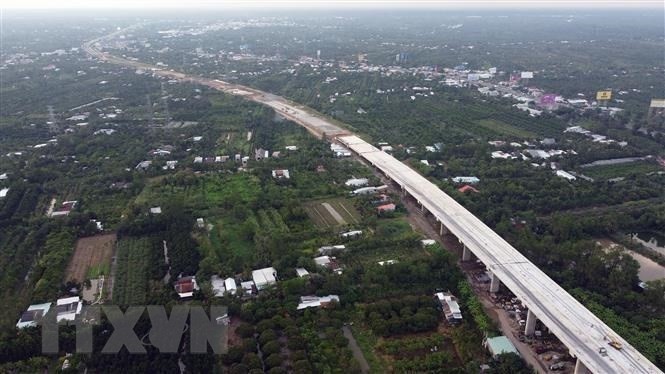 |
| Many localities in the Southwest region are benefiting from regional infrastructure connectivity, in which sustainable urban planning is considered a "hot spot" for real estate investment in the region. (Source: VNA) |
Experts say that when travel distance is not important, real estate investment will shift to new markets with advantages in price, land fund, infrastructure and development potential.
An Giang province is an example, where land prices are much cheaper than in long-established markets such as Binh Duong, Vung Tau, and Dong Nai.
Regarding Hau Giang province, real estate expert Le Tien Vu said that with the highest economic growth rate in the Southwest region, the locality is gradually affirming its position and potential, becoming a magnet attracting investment capital.
This is clearly shown through the indicators in the second quarter of 2023 such as the level of interest in private real estate in Hau Giang increased by 13%, the level of interest in real estate in the land segment in Vi Thanh city increased by 15%.
Previously, for the whole year of 2022, the gross regional domestic product (GRDP) growth rate in Hau Giang province was estimated at 113.94%, ranking first in the Southwest region and fourth nationwide.
Hau Giang province is also focusing on investing in renovating and upgrading provincial roads such as: Provincial Road 925B, Provincial Road 926B, DT 927, DT 929, upgrading National Highway 61C connecting Vi Thanh - Can Tho...
This is a signal for Hau Giang province to "accelerate" in developing transport infrastructure, opening up many new opportunities, increasing attraction potential, calling for investment, and strengthening connections between the province and localities in the Southwest region.
According to Chairman of Can Tho City Real Estate Association Duong Quoc Thuy, the real estate segments in the Southwest are currently quite diverse, each product line has its own development potential.
Regarding industrial real estate, Long An is a bright spot in the region because it is located adjacent to Ho Chi Minh City, has convenient transportation and is also the province with the most concentrated industrial parks and clusters.
Some industrial parks for effective lease such as: Hai Son Industrial Park expansion, Duc Hoa 1, Tan Duc, Xuyen A,... the rental price compared to Ho Chi Minh City and Binh Duong is quite competitive.
In addition, many localities in the Southwest region also promote investment planning for industrial parks such as Vinh Long, Hau Giang, Dong Thap... with many investment incentives such as: exemption from corporate income tax for 4 years and 50% reduction of tax payable within the next 9 years, enjoying a corporate income tax rate of 10% within 15 years.
The Chairman of the Can Tho City Real Estate Association said that the apartment segment is currently and will flourish in the Southwest region, typically in Can Tho City recently, this product line has been very attractive, every project launched is sold out.
Not only in Can Tho but also some type I cities such as Long Xuyen (An Giang province), My Tho (Tien Giang province) will also develop this type along with the urbanization process always attracting high-quality labor force to work.
Particularly for Can Tho city, with its location in the center of the Southwest, this is considered by experts to be a "promising" market for real estate.
With a population density three times higher than the national population density and twice that of the region, the demand for housing in Can Tho is increasing thanks to attracting people from many places to study and live, especially the abundant labor force working in industrial zones and clusters throughout the city. This group of immigrants has a great need for housing, promoting the demand for land, townhouses, and apartments in the locality.
Regulations on residential land limits
According to the provisions of the 2013 Land Law, the residential land limit will be determined according to the regulations on limits in each locality.
Pursuant to Article 103 of the 2013 Land Law, the method of determining residential land area for plots of land with gardens and ponds is as follows: In the case of a plot of land with gardens and ponds formed from December 18, 1980 to before July 1, 2004 and the current user has one of the types of documents on land use rights prescribed in Article 100 of the 2013 Land Law, but the residential land area is not clearly stated in such documents, the residential land area is determined by the People's Committee of the province based on local conditions and customs to prescribe the limit of residential land recognition for each household in accordance with local customs according to the number of people in the household.
The residential land allocation limit is determined based on the land use documents. When a land use right certificate is issued and the content is stated as residential land, that area is recognized as residential land. In other words, the residential land area is shown most clearly and accurately on the land use right certificate.
In case there are no documents on land use rights or land allocation decisions, it is determined as follows:
If the land is used stably and not due to encroachment or illegal change of land use purpose, the land type is determined according to the current status of the land in use.
If the land in use has a house, it is recognized as residential land according to regulations.
If the land is being used due to encroachment or illegal change of land use purpose, the land type is determined based on the origin, management and use process.
In case the land is used for many different purposes and is not residential land with a garden or pond on the same plot of land:
If the boundaries between the purposes are determined, separate the land plots according to each purpose and determine the purpose for each plot of land.
If the boundary of use between purposes cannot be determined, the main land use purpose is determined according to the land type with the highest price in the land price list.
Rural residential land, the residential land area recognized for residential land use rights will be determined according to the residential land limit will be determined according to the corresponding land limit. If it exceeds the prescribed limit, only the part within the limit will be recognized, if it is less than or equal to the limit, the residential land area determined will be the entire piece of land.
In case of garden or pond land without clear documents determining the area, it is determined as follows:
The Provincial People's Committee, based on local customs and conditions, shall prescribe the land recognition limit for each household in accordance with local customs and the number of people in the household.
In case the land plot area is larger than the local residential land recognition limit, the residential land area is determined by the local residential land recognition limit.
In case the land plot area is smaller than the local residential land recognition limit, the residential land area is determined as the entire land plot area.
In case there is no document on land use rights as prescribed in the Land Law, the residential land area shall be determined according to the level prescribed in Clause 4, Article 100 of the Land Law. In case the land has been used stably since October 15, 1993, the residential land area shall be determined according to the residential land level allocated to each household and individual as prescribed in Clause 2, Article 143 and Clause 4, Article 144.
Source


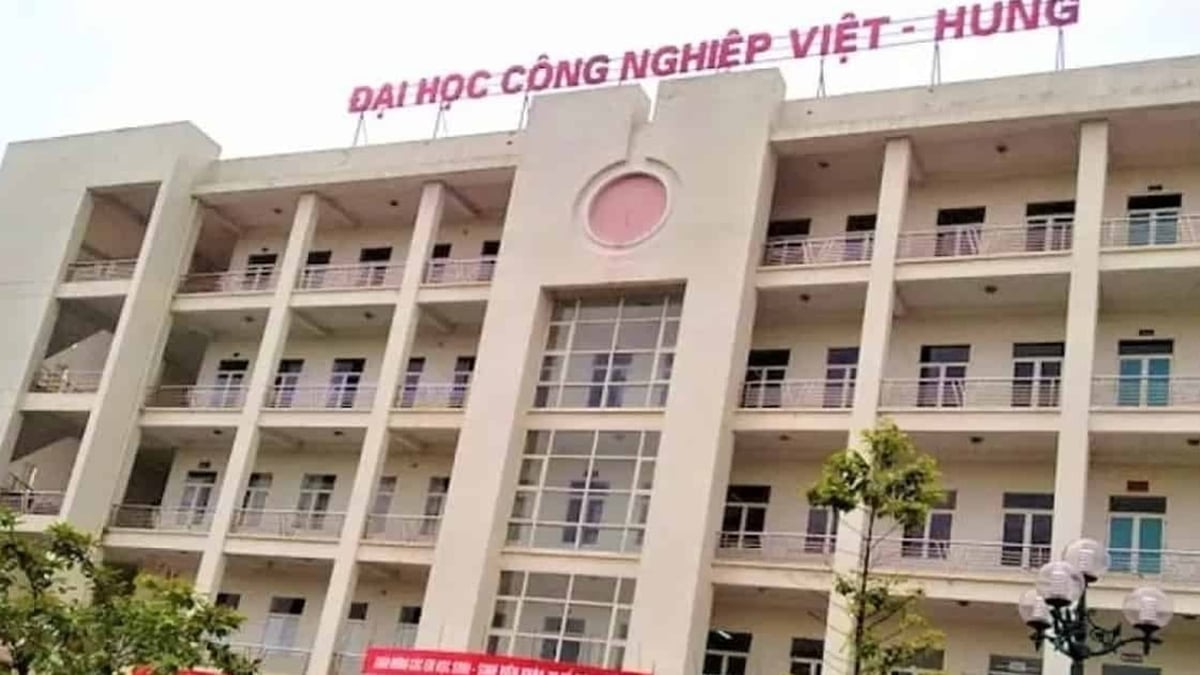
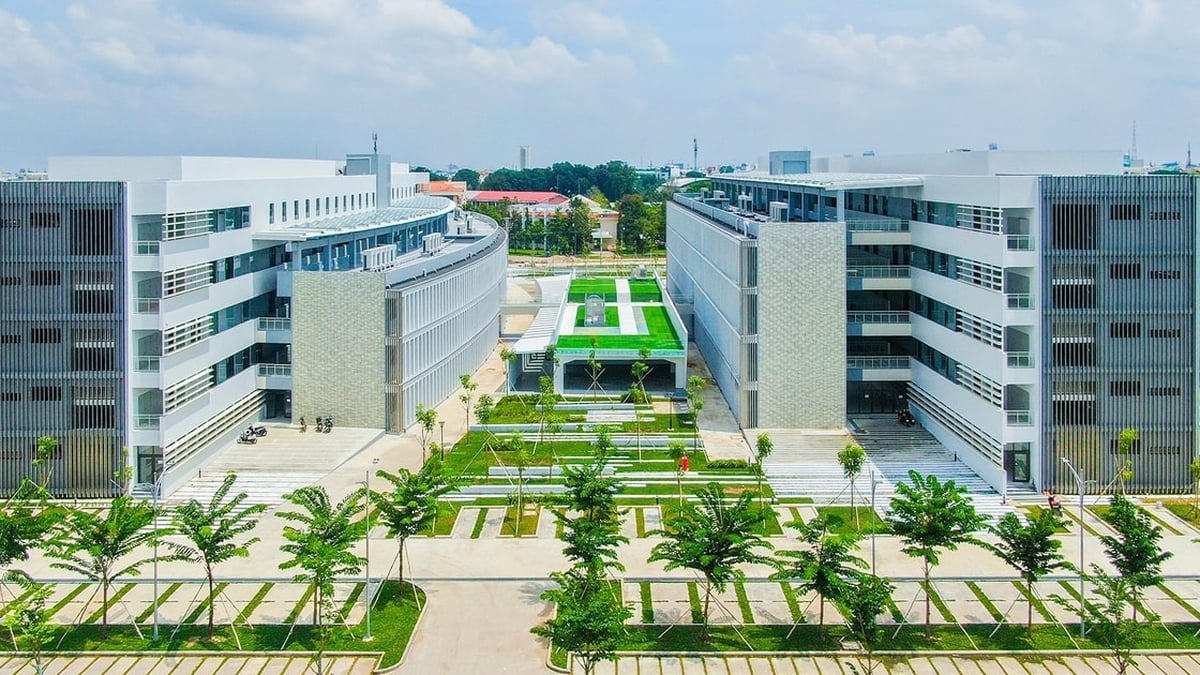
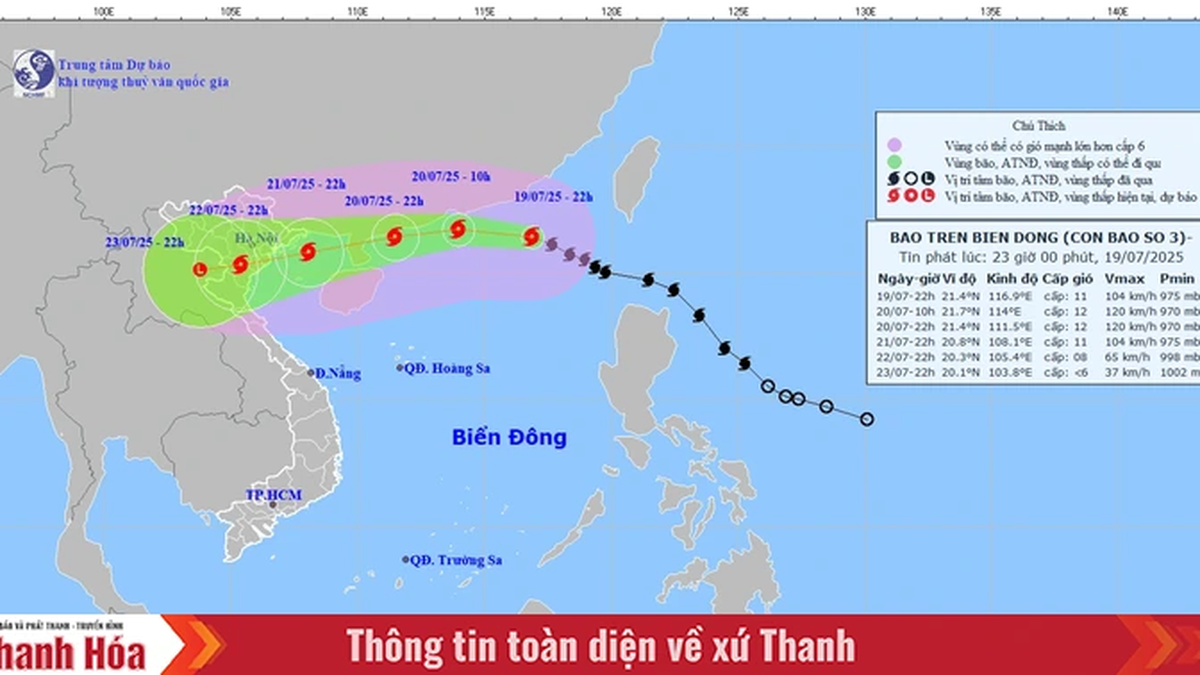
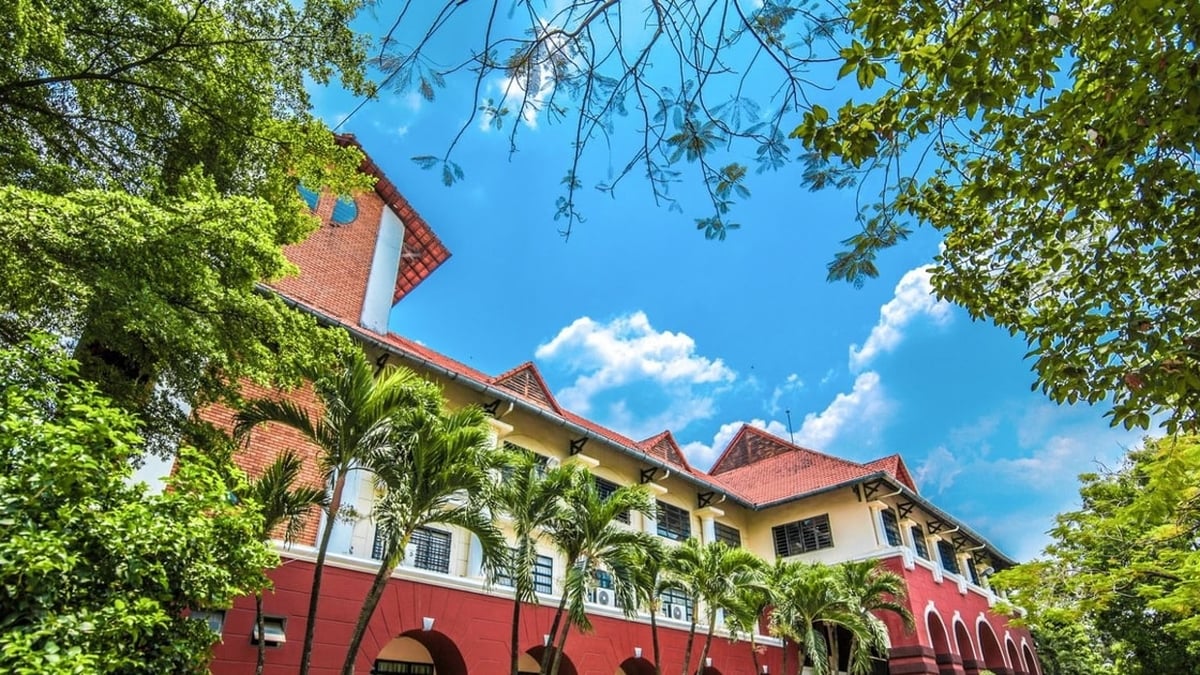
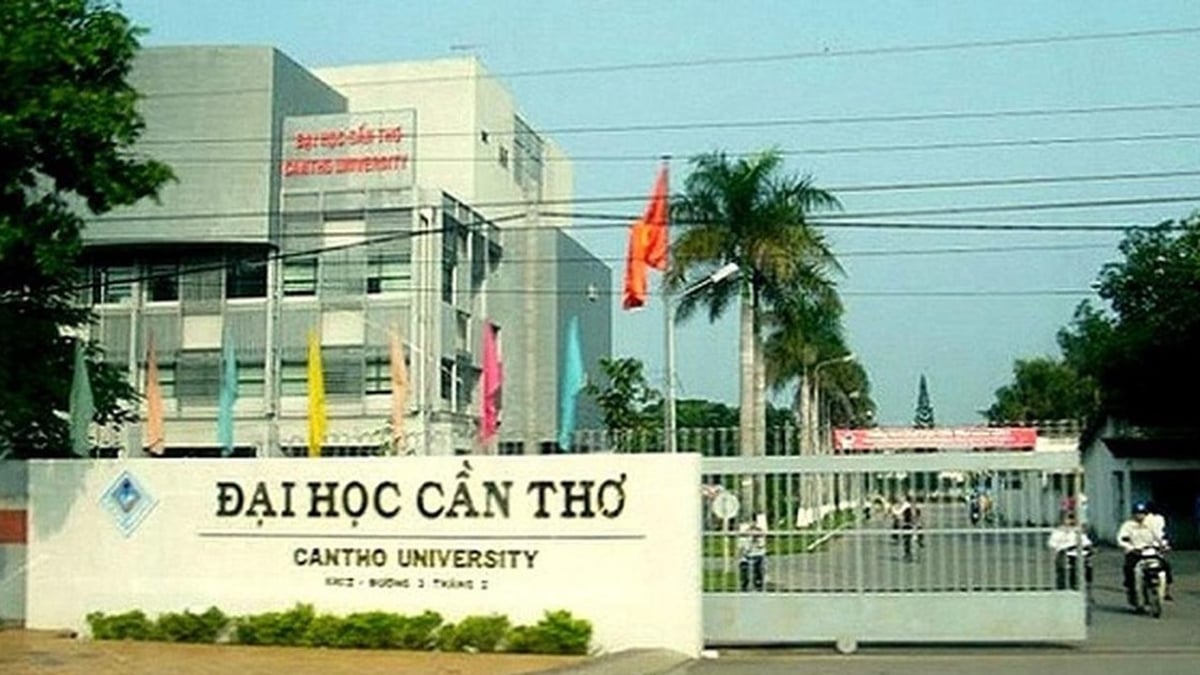
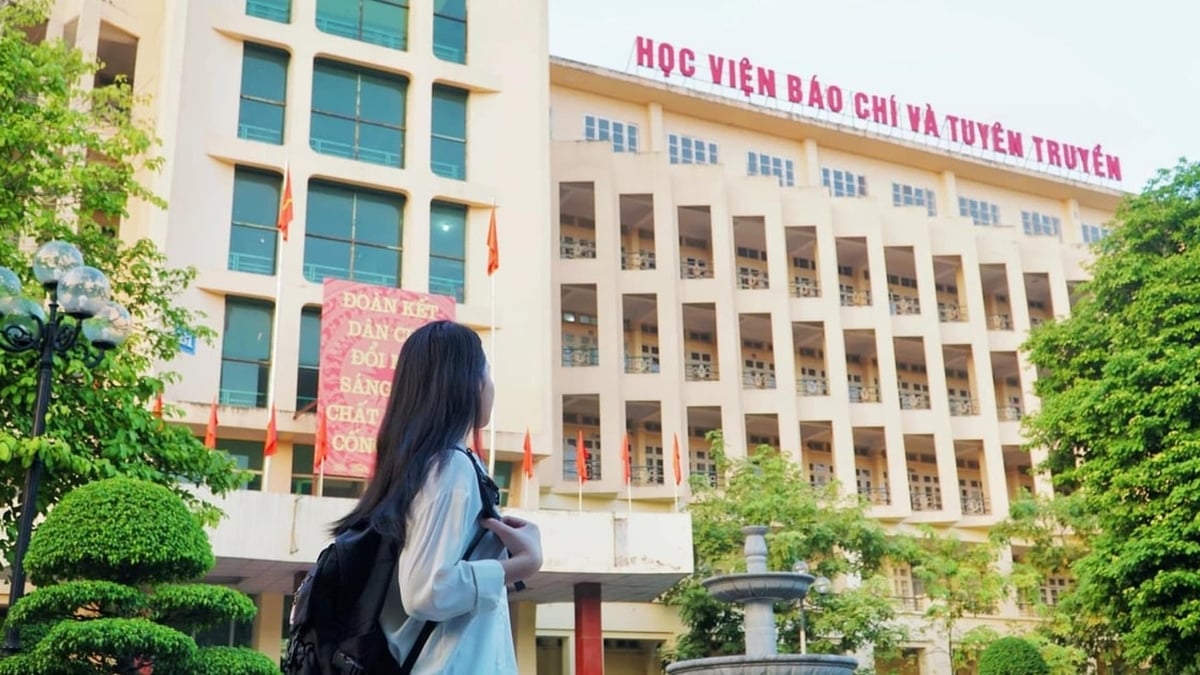
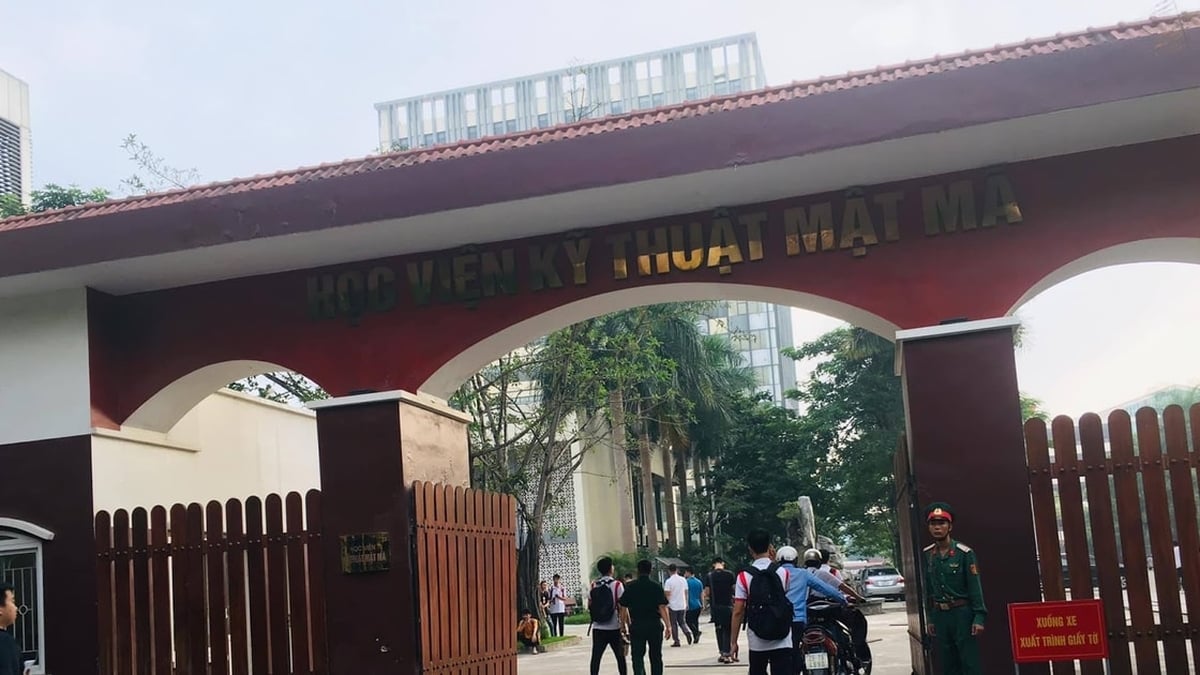

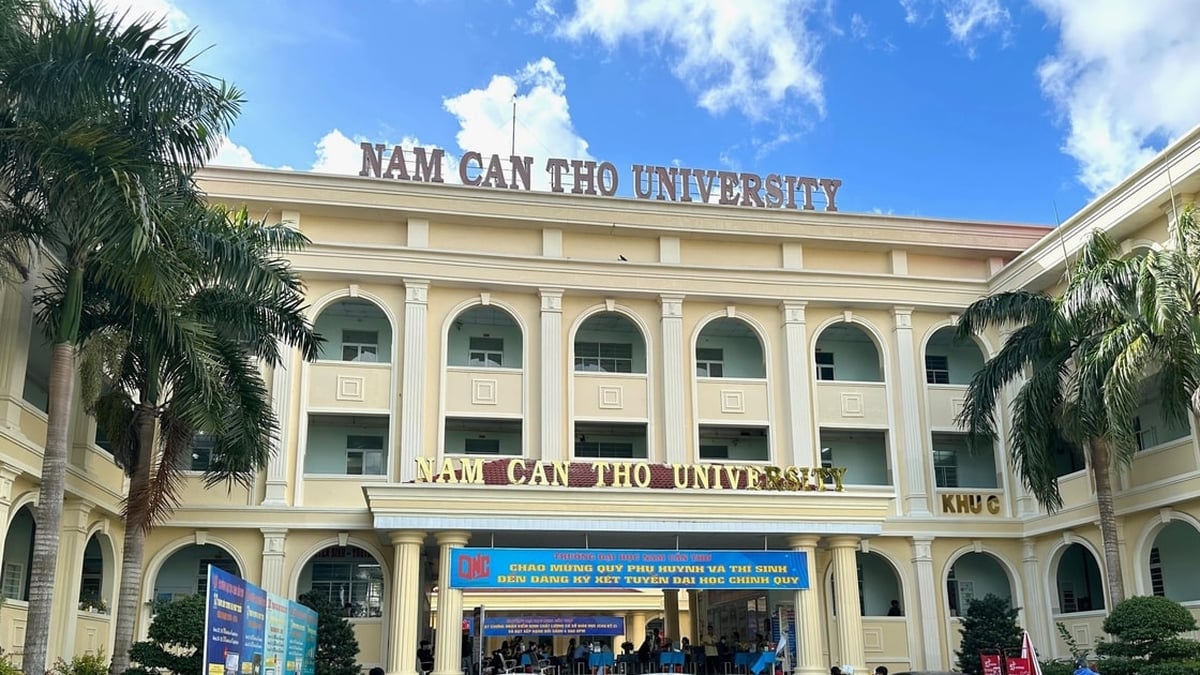
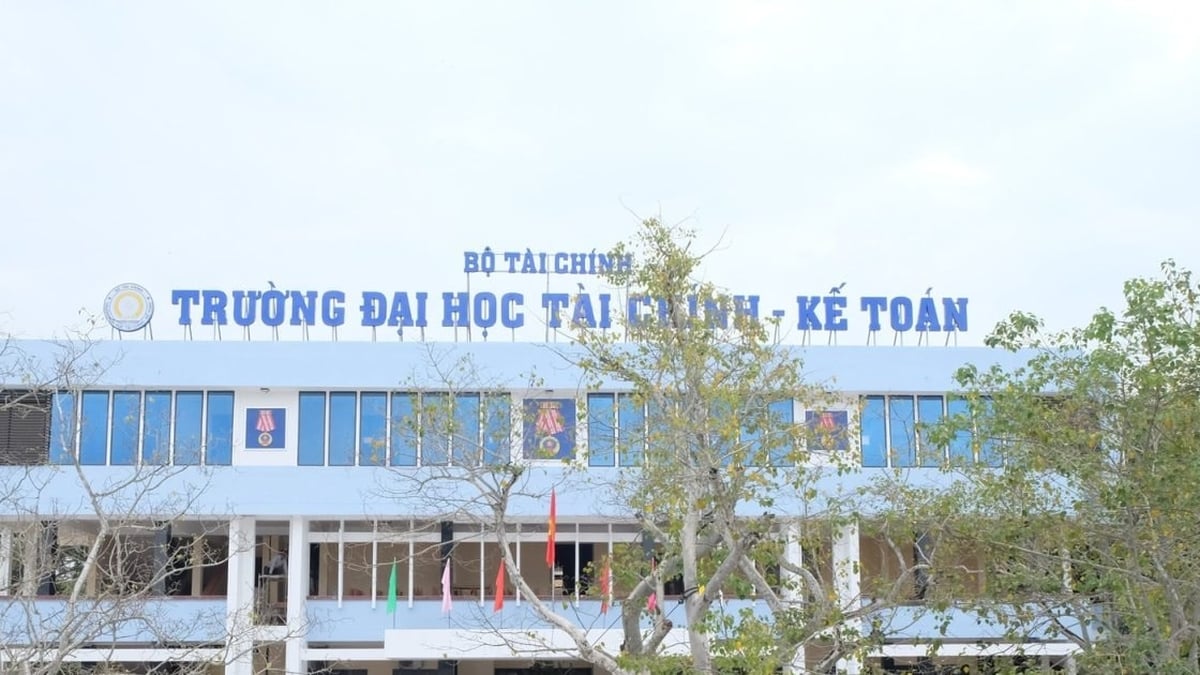






















































































Comment (0)